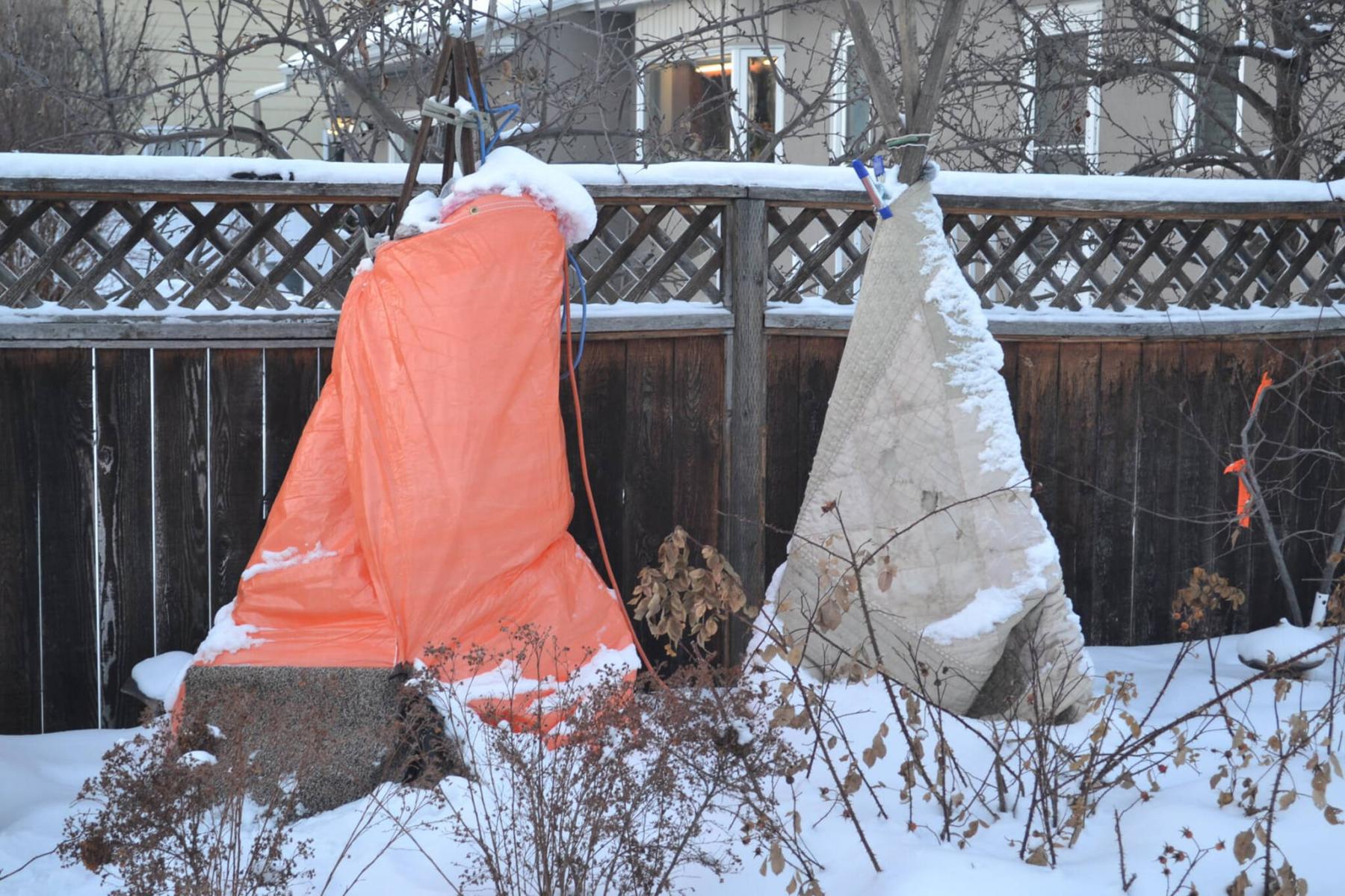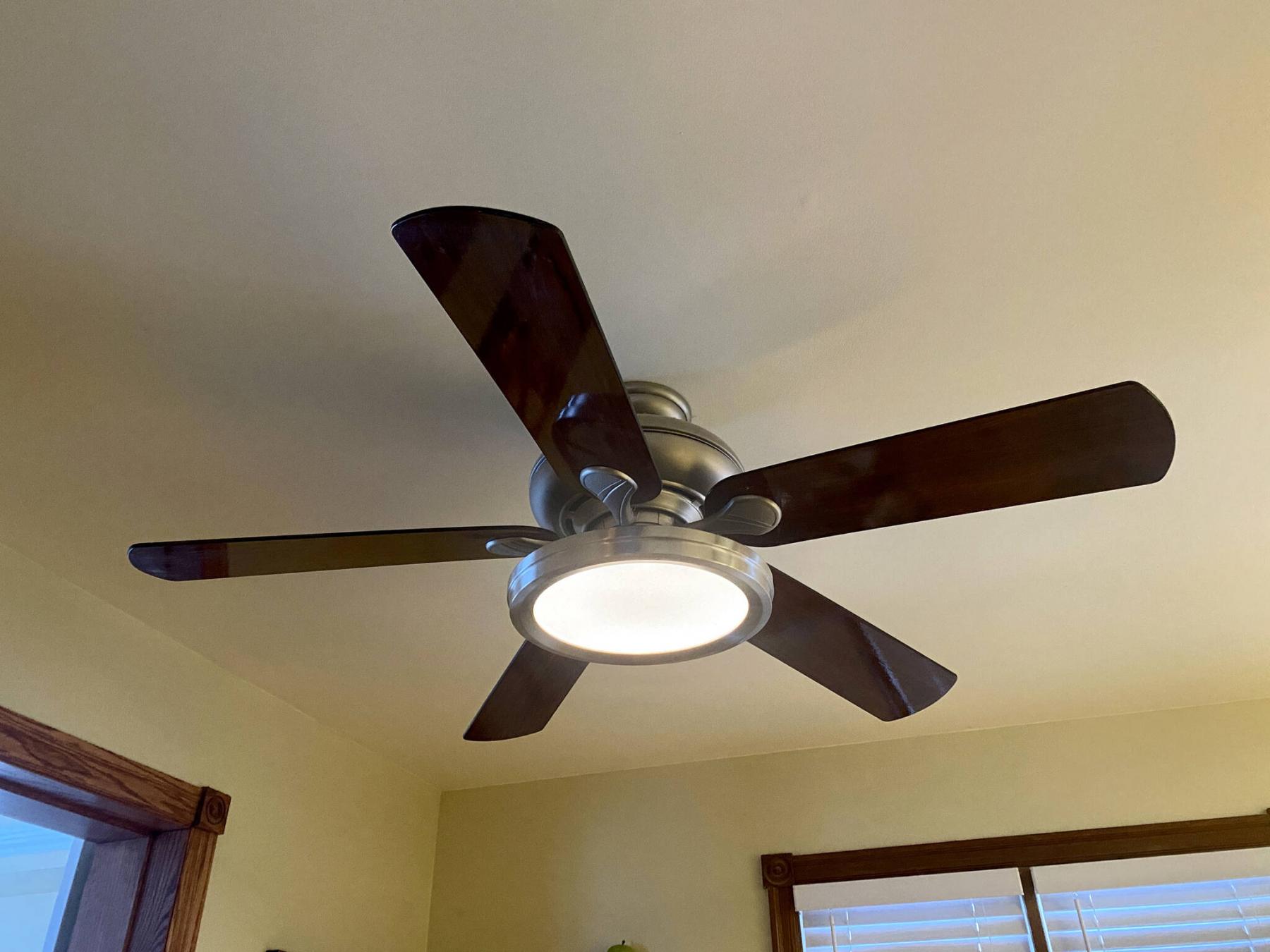Renovation & Design
Renovation & Design
Acetone will help thick nail polish flow better
Question: I have a clear nail polish with colour specks in it that I like to put over regular colour nail polish to sparkle it up, but it has become quite thick. Is there any way that I can thin it down to make it easier to apply? Thank you! Bertha
Answer: Add a drop or two of acetone. This will thin the nail polish and make it easier to apply. If it is still too thick, add another drop.
Question: I dropped an open bottle of red nail polish on my carpet. Is there any hope of removing the nail polish? Anonymous
Answer: Success depends on the textile, the colour of the carpet and polish, and the timing of the cleaning. Manmade textile stains have a greater chance of defeat because you can really soak the area. Work to remove the stain, as soon as possible. Using a clean wet cloth, dab the stain with water and dish soap, until the cloth no longer picks up color. Next dab the area with acetone on a cloth (test on an inconspicuous area first). If you have a steam cleaner, use the machine to clean the area. Repeat with acetone until the stain is gone.
Question: I have dozens of souvenir spoons, all very tarnished. Are they salvageable? If so, help! Thanks, Emily
Answer: The following are the three most popular methods for cleaning souvenir spoons. One: smear with toothpaste and gently brush with a soft, dampened toothbrush. Rinse with water and buff dry. Two: soak the spoons in a mixture of one tablespoon baking soda and 1/2 cup white vinegar. Leave for one hour, rinse with water and buff to dry. Three: place crumpled aluminum foil in a baking pan. Place the spoons onto the foil. Pour hot water into the pan and add one tbsp. salt. Soak silver for five minutes and polish.
Feedback from caring contributors
Re: Coffee grounds in the garden
I’m a longtime fan of your column. However, I wanted to give you a heads up. A garden expert that I recently listened to said that the coffee grounds in the garden myth is his absolute worst pet peeve — apparently the only way coffee is useful in the garden is if you put the fresh beans into the soil! Of course, it’s unlikely that anyone will do this — it’s cheaper to use good fertilizer. Regards, Linda
Re: Cleaning the toilet tank
I drain my tank and place a product called, ‘Rust Out’ in the tank, then refill. After a period, I scrub the walls and flush away everything. Seems to work well. — Bob
The pies have it!
When baking a fruit pie, add more fruit than the recipe calls for. Fruit tends to sink while baking, so to add the wow factor to your pie, don’t be stingy with the fruit. — Emerald
Fruit juices tend to drip, especially if you add extra fruit. Place a baking sheet under your pie, before baking, to ensure a clean oven. — Emerald
Make sure that your crust is cold before it goes into the oven. This will help guarantee a flaky crust. Chill the crust in the fridge, before baking. Chill the dough before rolling it, chill it again once the crust is filled. —Lisa
Bake pies on the lowest rack in the oven to prevent a soggy crust. If the edges start to darken, too fast, lay foil over the edges. — Lisa
Note: Every user assumes all risks of injury or damage resulting from the implementation of any suggestions in this column. Test all products on an inconspicuous area first.
Have a great suggestion or tip? Please send an email. Reena Nerbas is a popular motivational presenter for large and small groups; check out her website: reena.ca.
info@reena.ca
Renovation & Design
Garage goals
Question: I live in a home built in Winnipeg seven years ago. I wish to make my garage a nicer space. I plan on completing the drywall in my attached garage. I really don’t ever plan on heating my garage, although I am running into conflicting information as to whether I should insulate it, or not. The garage is used to park two cars and storage. I plan on living here for quite some time. I wish to do this right the first time. Should I insulate and vapor barrier before drywall?
Look forward to your response, Waverley West Dave.
I have a question about my new garage. I live in Alberta and I just built a 26’ x 30’ detached garage. Do I have to insulate it right away or can I wait until next spring or summer? I do not have a heater in it yet. The walls and ceiling are not insulated yet, it's just a bare-bones structure at the moment. Can it sit like that over the winter?
If I could get answers to these questions, I would really appreciate it.
Thank you, Loraine.
Answer: Insulating and drywalling an unheated garage in our climate, whether attached or detached, is a matter of personal choice and preference. If your choice is to insulate, it must be done properly, in warmer weather if possible, and preferably at least a few seasons after construction to allow the building materials to dry.
Insulation in a garage in our frigid northern area is only critical if it is to be heated, even if only periodically. Leaving a garage with exposed sheathing and trusses on the inside will not create any lasting issues. You may experience some condensation and frost on the inside in very cold weather, but that should be manageable by increasing natural ventilation. If you are not going to add a heat source to your garage, there is not much benefit in adding thermal insulation. It may help hold in some of the temporary heat from a recently pulled in vehicle, but that will quickly abate. Even with an attached garage, some heat and warm air escaping the home, especially through the passage door, will not be retained very long.
Especially with attached garages, but also with detached structures, proper thermal insulation and 6MIL polyethylene sheathing should be installed on all walls prior to any drywall application. The ceiling is not as critical, as long as the attic space above is well ventilated. The reason for this recommendation is to prevent moisture damage caused by condensation in the wall cavity behind the drywall. If the cavity is not completely filled with insulation, and protected from air and water vapour intrusion by the poly sheathing, condensation is almost a certainty.
Drywall is a reasonable air barrier, but that property will mainly serve to prevent some moisture in the cavity from escaping. That can lead to moisture damage and mould growth. Drywall paper easily absorbs moisture and is an excellent growth medium for some types of toxic moulds. So, if there is some condensation or melted frost behind the drywall, it will run down to the bottom wall plate and wet the inside surface of the sheathing. If that does not quickly dry, the surface paper will get wet, providing ideal conditions for mould growth. With repeated wettings, the gypsum core may also be affected and the wall covering will crumble and fall apart. Filling the cavities completely, and then installing plastic sheathing on the inside, will minimize the amount of air that can infiltrate the area from the garage side, preventing condensation, frost, and moisture related issues.
If you don’t want to bother with insulating the garage, but want a more aesthetically pleasing interior, using a different type of wall covering makes sense. Because drywall easily absorbs water, whether it is from puddles on the floor, rain penetration, or from condensation, it is not ideal for use in garages. It is commonly used because of the low cost, easy application, naturally light colour, and ease of painting. The light colour will brighten up an otherwise dull garage space, and may provide a more pleasing interior without any additional work. Regardless, exterior rated sheathing is a much better alternative for the inside walls.
Using exterior plywood or OSB sheathing for the interior walls of your garage makes much more sense for two main reasons. First, both are quite moisture resistant, and will not deteriorate or grow mould unless directly sitting in water for extended periods of time. Because they are made with moisture-resistant adhesives, they can repeatedly become wet for short periods of time without rotting or delaminating. This is ideal for garages where melted snow and ice from vehicles is often present on the floor. The second reason for using wood-based sheathing is the durability. These types of rigid sheathing are very strong and can take quite a beating before the surface becomes damaged. This is in sharp contrast to drywall, which is very easy to puncture with an errant tool, wood plank, or boot. Once the surface of the wall covering is punctured, the air/vapour barrier behind is also compromised, increasing the chances of condensation and moisture issues in the wall cavity. Most wood-based sheathing can also be painted, often with a little more effort than drywall, so aesthetics and surface moisture resistance can also be improved by painting.
Your choice to insulate your garage, if you don’t plan to heat it, is completely discretionary. The interior of the walls may be covered with exterior wood-based sheathing without insulation, but if you choose to insulate, a proper job with complete 6MIL poly is very necessary to prevent condensation, mould growth and moisture damage.
Ari Marantz is the owner of Trained Eye Home Inspection Ltd. and a Registered Home Inspector (RHI)(cahpi.ca). Questions can be emailed to the address below. Ari can be reached at 204-291-5358 or check out his website at trainedeye.ca.
trainedeye@iname.com









